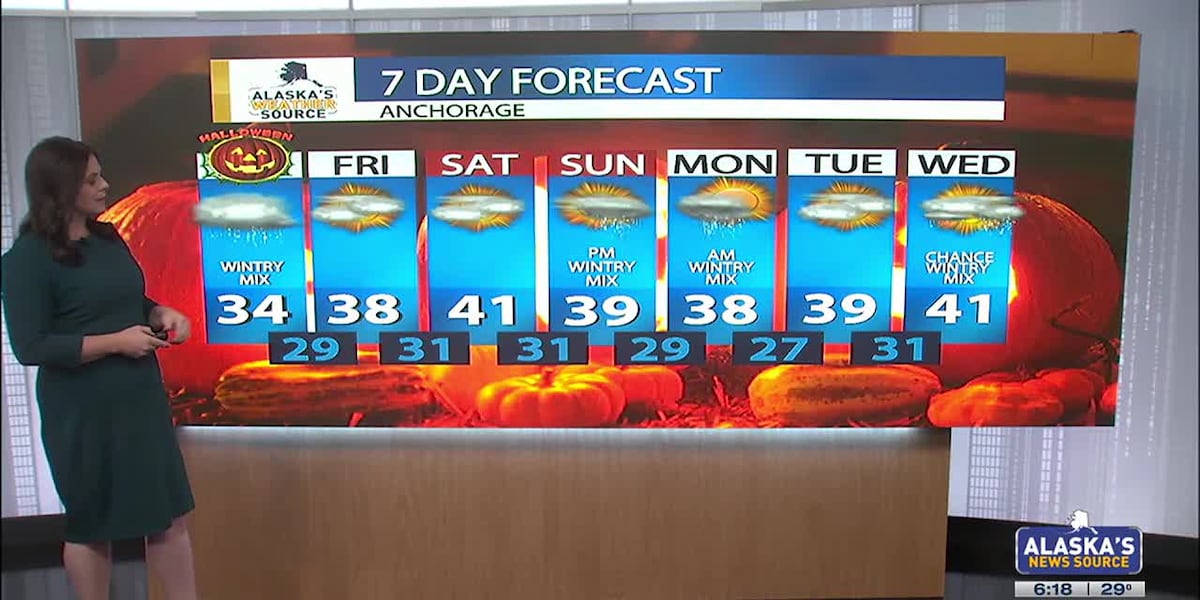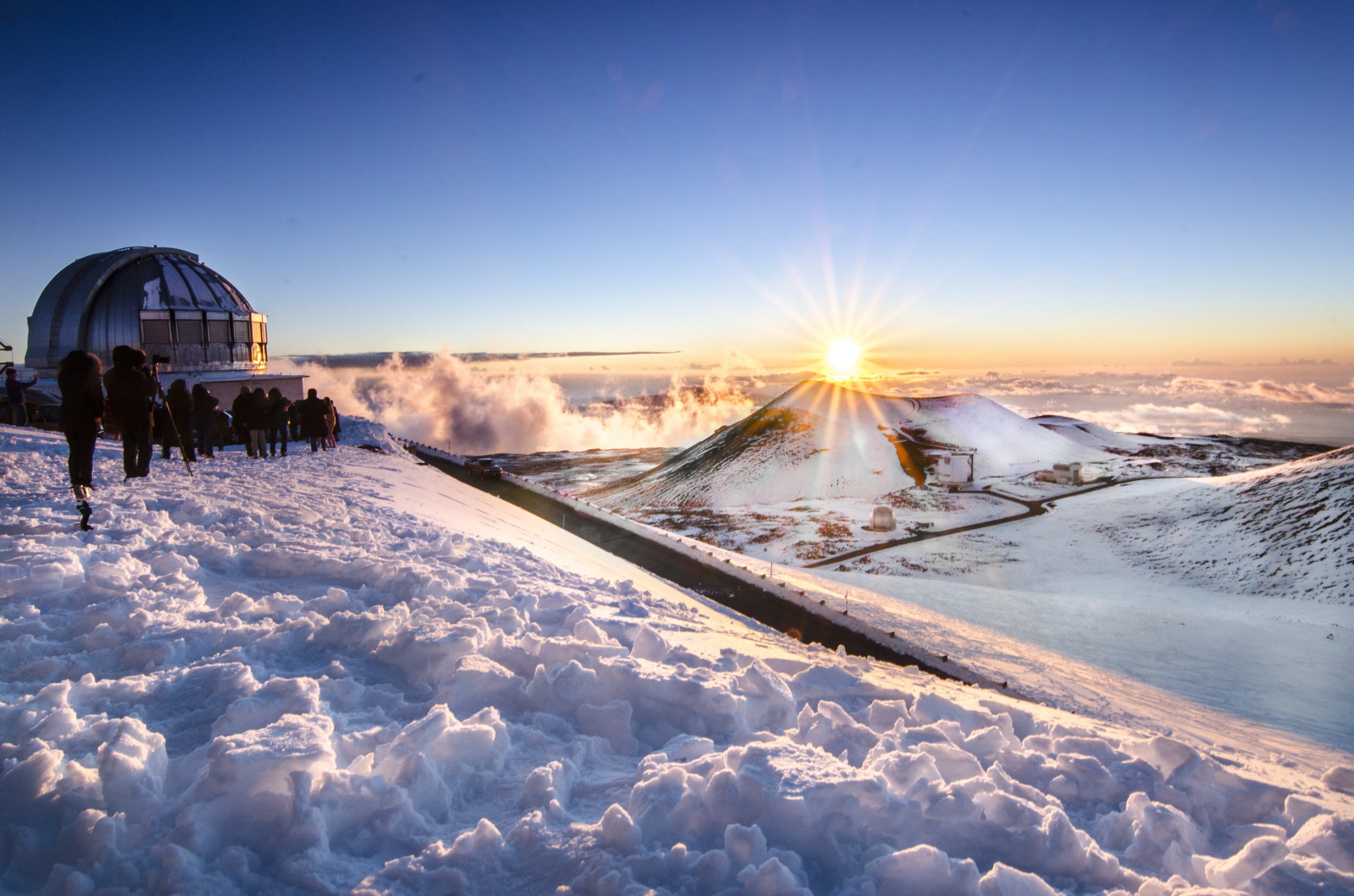As the Municipality of Anchorage presses forward with the massive modernization project at the Don Young Port of Alaska, city officials say that construction of the first cargo dock terminal will likely be delayed, and much of that work won’t start next summer as previously intended.
That’s because the city did not receive any bids from construction companies after undergoing a monthslong procurement process to select one.
“We anticipate a delay of one season on the actual dock construction. There are other portions of the project, things like the electrical systems — that work should be able to proceed on schedule,” said Jim Jager, the port’s spokesman.
The city is now retooling its bid proposal package in order to make it more attractive to potential bidders, Municipal Manager Becky Windt Pearson told the Anchorage Assembly last week.
Meanwhile, the Assembly is set to vote on a slate of measures related to the modernization project.
During a Wednesday meeting, Assembly members will consider whether to finalize the expanded construction design for cargo dock terminal two; whether to authorize $180 million to $250 million in proposed bonds, much of which would fund the next phase of work; and proposed tariff increases to pay for those bonds.
The port’s infrastructure is failing, threatening a critical piece of the state’s supply chain, and port officials have emphasized urgency in finishing at least one cargo terminal as quickly as possible.
Despite the contracting holdup, city officials say they’re working to keep the project moving during the next construction season.
“We don’t, in any way, expect that the project is paused,” Bill Falsey, chief administrative officer, said in an interview.
For example, the city is looking to construct an electrical substation next season, and other preparatory work for the cargo terminal could proceed, he said.
“Our intent is that we will reissue the request for proposals, get vendors and award a contract (so that) the construction seasons are used and that we are still making progress,” he said.
Without the capital improvements, the Port of Alaska “will be required to be shut down within ten years,” according to a memorandum for the bond proposal.
Officials have been giving the port a similar lifespan estimate for years, saying in 2017 that the docks only have about 10 years left.
The port handles about 75% of the state’s inbound cargo, including goods such as food, fuel, construction supplies, vehicles and tools. About 90% of Alaskans rely on goods that come through the port.
Estimates clock the total cost of the modernization project at somewhere between $1.8 billion and $2.2 billion.
No bid
In January, the city began a pre-qualifying process for potential bidders on a contract to construct cargo dock terminal one. It identified two: Manson Construction and Kiewit Corp., Windt Pearson said. But when the bidding window closed in September, no bids came in.
The administration is “working as quickly as possible to gather feedback, specifically from those two qualified bidders together, from our project management team and from our legal team, on how we might tweak the terms of the construction deal to make it enticing, to make sure that we have bidders this time, make sure we can get the project back out in the street as quickly as possible,” Windt Pearson said.
City officials say there are likely a lot of factors as to why no bids came in. They include several big risk considerations, such as extremely long “lead times” for acquiring expensive materials — costs that a contractor would have had to front until reimbursed by the city for its work.
“I think part of it is our project is really big and complicated and has lots of risks, everything from weather, short construction seasons, difficult logistics, challenging permitting, that it just made it a really sticky project for people,” Jager said.
Another issue is that federal money for big transportation and energy projects is flowing and competition for contractors is high, he said.
“It’s a contractor’s market right now because there are a lot of big projects out there,” Jager said.
[$663M Arctic port delayed, frustrating Nome officials and Alaska congressional delegation]
Windt Pearson last week told Assembly members that the proposed bond sale would likely help alleviate some concerns from construction companies. The about $180 million from bond sales will fund work and payments related to the port in 2025.
“One of the pieces of feedback we heard from the potential bidders on the contract was, ‘We feel a lack of certainty that you’re poised to be able to pay for this.’ And so that is a factor also here, in terms of the timing. It’s a ‘chicken or the egg’ kind of question,” Windt Pearson said.
Increases to the tariff schedule will be passed on to consumers. Those increases will be in place for many years until the bonds are paid off, Falsey said.
However, the financial impact on everyday consumers will likely be relatively small. For example, the tariff on a barrel of petroleum products would increase to 19 cents in 2026.
“You do potentially at the gas pump start to see an effect, but it is pretty minor,” Falsey said.
For cargo, the tariff would rise to $8.29 per ton, impacting the price of items from groceries to building materials, vehicles and heavy equipment.
Final terminal design
Wednesday’s vote is expected to put a cap on a nearly two-year-long debate over whether to move ahead with an expanded, more expensive design for the two cargo terminals.
An early design concept approved by the Anchorage Assembly in 2021 called for one wider cargo terminal to be built for using cargo cranes to move freight, and a second, narrower terminal for handling “roll on, roll off” freight — freight that rolls off ocean freighters directly onto the docks.
Assembly members on Wednesday are slated to vote on whether to approve an expanded design: Cargo terminal two would be built to the same 120-foot width as terminal one. That would allow both docks to accommodate 100-gauge cranes, though roll-on, roll-off cargo could only be handled at terminal two under the design.
Last summer, the Assembly approved a measure that paved the way for the expanded, uniform width design for both terminals, but punted the final decision on terminal two’s design.
The port’s Design Advisory Board unanimously approved the terminal two design in June, and Assembly members appear poised to pass the measure. However, some have raised concerns about lacking “roll-on, roll-off” capabilities at both planned cargo terminals.
“At one point, the port director said that what the (municipality) needed, absent any of the other users, was full redundancy. This redundancy and resiliency at the port. We needed the two mirrored docks. And so that’s where I think this question is coming from,” Assembly Vice Chair Meg Zaletel said at the meeting last week.
Eric Adams, who oversees the port modernization as a project manager with Jacobs Engineering, advised that adding trestles for roll-on cargo to terminal one would delay construction due to additional permitting requirements, and it should wait until after both cargo terminals are built.

/cloudfront-us-east-1.images.arcpublishing.com/gray/BHCTNTURTZDPVJRYWUJ5GJXBWA.jpg)


:quality(70)/cloudfront-us-east-1.images.arcpublishing.com/adn/NOHBZFQOBZEVNBXBPRXSXDU54M.JPG)



:quality(70)/cloudfront-us-east-1.images.arcpublishing.com/adn/EXQXEUNMSRBKZCF4IV5N3TGNUQ.jpg)























